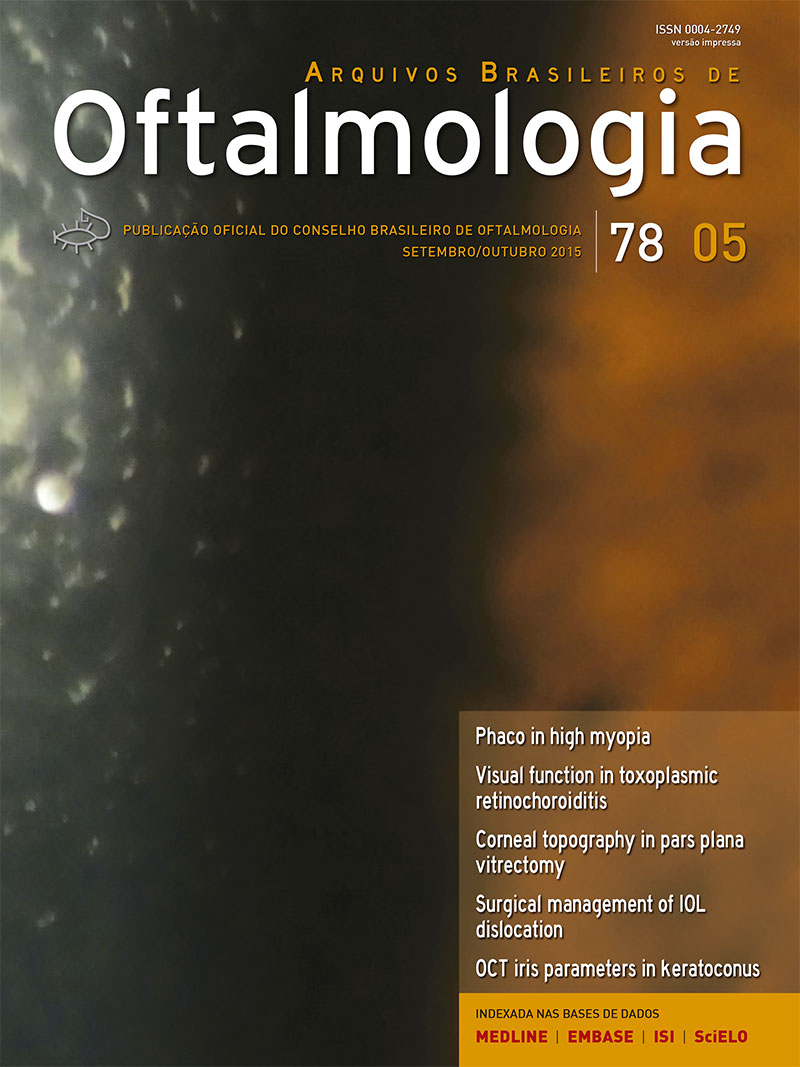ABSTRACTPurpose:To evaluate the effectiveness of topical 1% cyclosporine eye drops diluted in either of the two vehicles-olive and linseed oil-and that of the oils themselves in treating experimentally-induced keratoconjunctivitis sicca (KCS) in rabbits.Methods:KCS was induced in 25 New Zealand rabbits using 1% atropine sulfate eye drops for 7 days before treatment and throughout the treatment period (12 weeks). The rabbits were divided into five groups: one control (C) group without KCS induction and four treatment groups in which KCS was induced and treated topically with olive oil (O), linseed oil (L), cyclosporine in olive oil (CO), and cyclosporine in linseed oil (CL). The animals were evaluated using Schirmer tear test 1 (STT), the fluorescein test (FT), tear-film break-up time (TBUT), the rose bengal test (RBT), and histopathological analysis.Results:Values of STT and TBUT significantly decreased 1 week post-induction (p<0.05) and were similar to initial values after the 4th week of treatment, in all groups. After KCS induction, there was significantly less corneal damage in group L than in group CL, as assessed FT and RBT. Histopathology demonstrated that Groups L and CL presented less edema and corneal congestion. There was no significant difference in the goblet cell density (cells/mm2) between the groups (p=0.147).Conclusion:Cyclosporine diluted in olive oil or linseed oil was effective in the treatment of KCS, although it had better efficacy when diluted in linseed oil. Linseed oil presented better effectiveness, whether associated or not, than olive oil. These results may contribute to the creation of novel topical ophthalmic formulations for KCS treatment in future.
Keywords: Cyclosporine/administration & dosage; Olive oil; Linseed oil; Keratoconjunctivitis sicca; Rabbits
